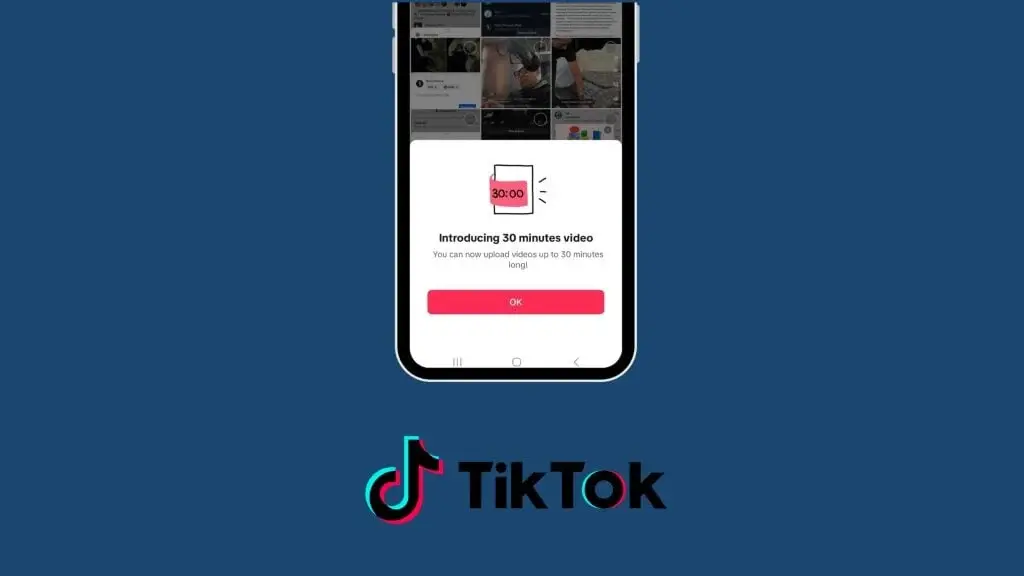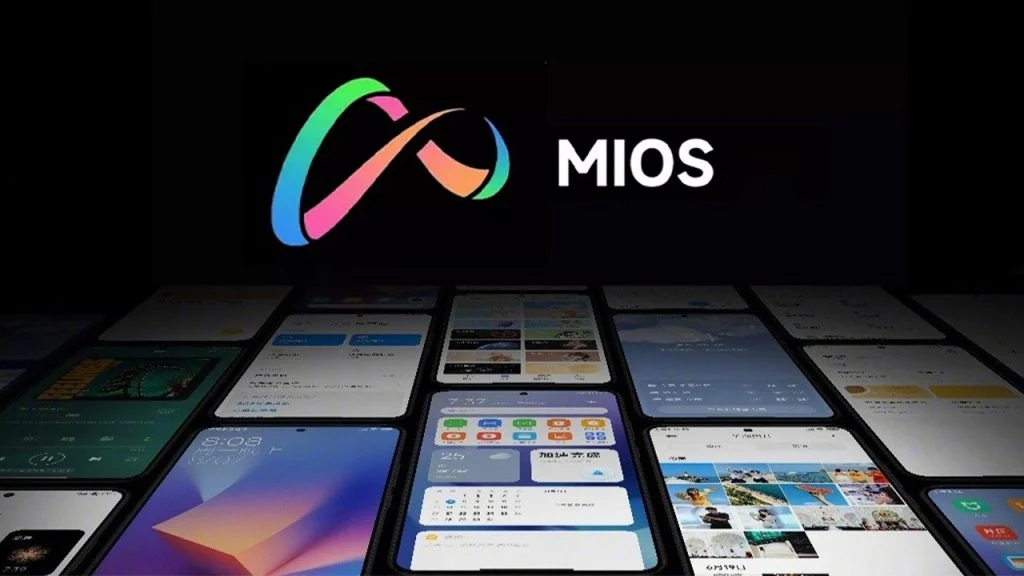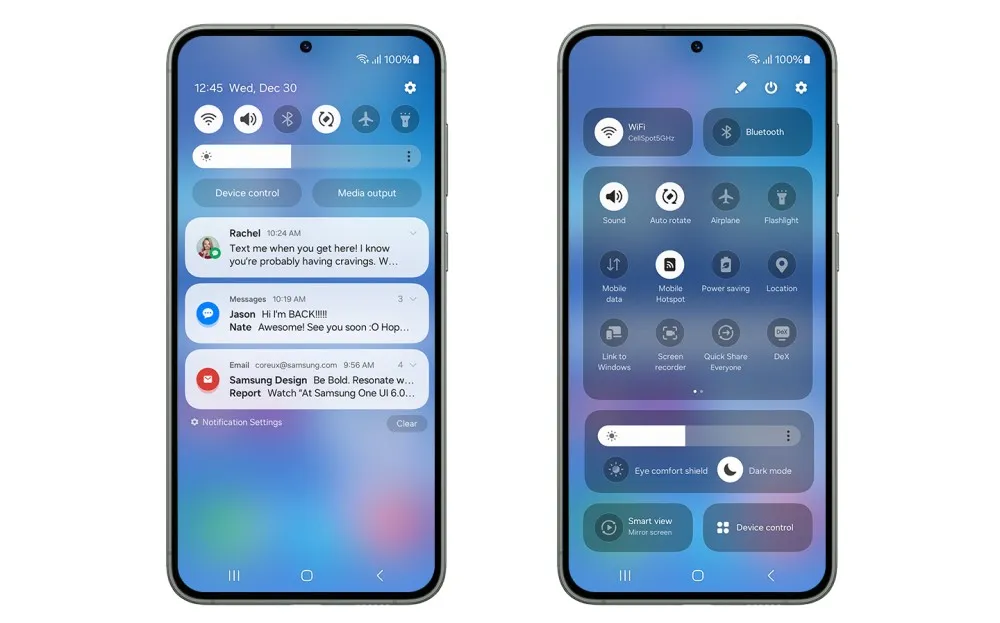ByteDance is shaking things up on TikTok by introducing a new feature that allows for 30-minute-long videos on the platform. This move marks a departure from TikTok's original format of short-form videos and could potentially position the platform as a competitor to YouTube. The feature was first discovered on the iOS Beta App and Android App in the UK by social media consultant Matt Navarra.
TikTok is widely recognized for its short videos, initially starting with a 15-second limit and later expanding to a minute. In response to user demand, the limit was further revised to three minutes and then to 10 minutes. Prior to the introduction of the 30-minute video limit, the company had already experimented with 15-minute videos, although this limit is not currently in effect on TikTok.
The introduction of a 30-minute limit is part of TikTok's strategy to attract more users and content creators to its platform. This move directly challenges YouTube, which allows for videos of any duration. With this expansion, TikTok opens up opportunities for users to post full episodes of TV shows and other long-form content.
Despite its reputation for short videos, TikTok is taking steps to accommodate longer content. Users will have the ability to fast-forward through videos by tapping and holding the right side of the screen, a feature that was also introduced with the 15-minute video test. Additionally, TikTok has recently added a horizontal full-screen mode in preparation for longer videos.
It will be interesting to see how users react to the introduction of longer videos on a platform that is primarily known for its short-form content. However, it remains uncertain when or if this feature will be widely launched for all users.
In addition to these developments on TikTok, ByteDance is expanding its global presence with new offices in Canada, Australia, and the US. The company's sales in 2023 reached approximately $110 billion, slightly surpassing those of Tencent Holding.
Overall, ByteDance is making significant strides to position TikTok as a formidable competitor to YouTube by introducing a 30-minute video limit and expanding its global footprint. These developments have the potential to reshape the landscape of online video content consumption.



